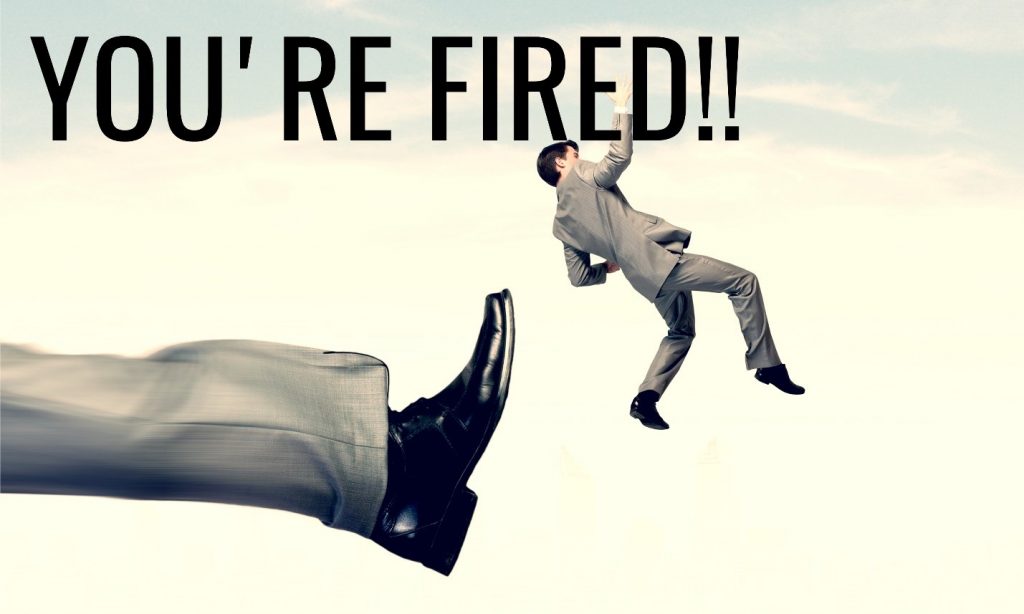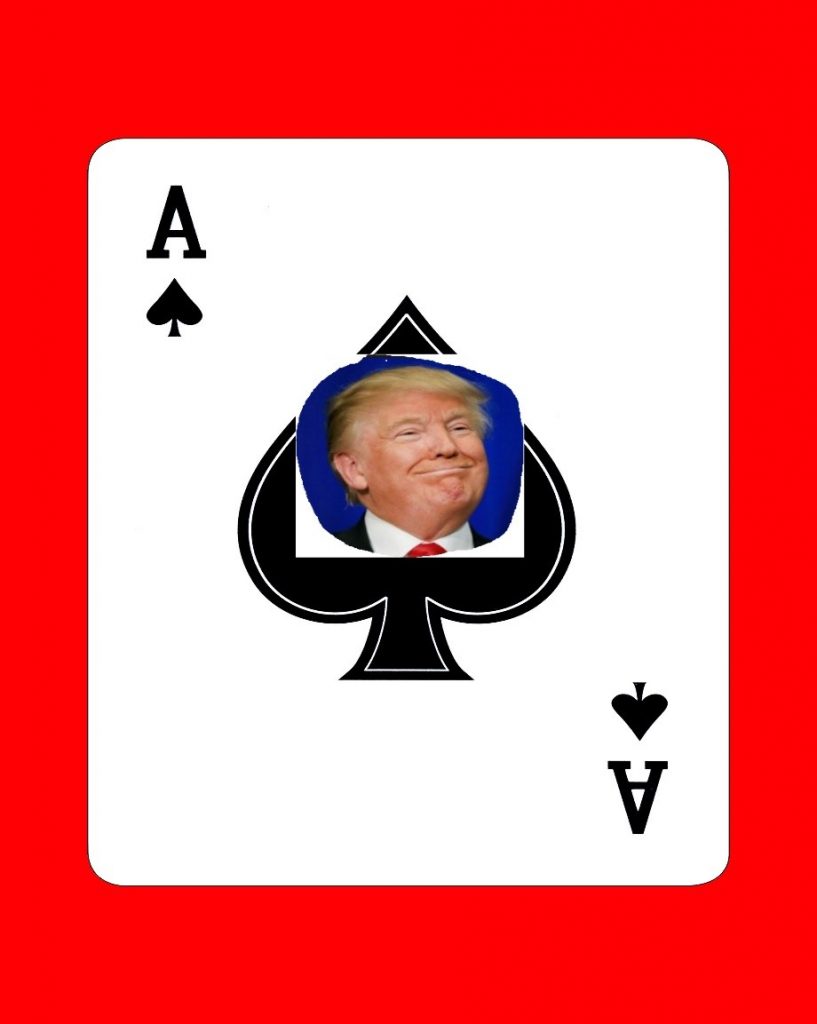By Michael O’Neill
Minefields are, by design, treacherous and hard to navigate. One wrong step can result in serious injury or death.
Global economic and geo-political developments are minefields; monetary minefields, but without the killing and maiming.
And that is where the Canadian dollar is today; on the threshold of a monetary minefield.
There are three key events occurring in the next few months, and another without a definitive end date. They are the Bank of Canada Policy meetings September 6 and October 25, the European Central Bank Policy meetings September 7 and October 26, and the Federal Open Market Committee (FOMC) meetings September 20 and November 1.
Each one of these meetings could lead to serious injury to the Canadian dollar. Then there is the North American Free Trade Agreement (NAFTA) renegotiation. A worst-case scenario (Trump rips up deal) would decimate the Loonie.
There is another explosive ordnance littering the Canadian dollar minefield. More accurately, ornery-ance as both President Trump, and Supreme Leader Kim Jong-Un are considered bad-tempered and combative. Their clash of ego’s could be detrimental to the world, not just the Canadian dollar.
FX markets got a taste of what the future holds on August 16 when the FOMC minutes from the July 26 meeting were released. They Committee appeared very divided about inflation and thus the timing of the next Fed rate hike.
Some members thought the Fed could afford to be patient with rate increases because of the recent decline in inflation. They wanted to see evidence that inflation was on track before adjusting policy. Others thought that tightening labor market conditions could create problems if rates didn’t rise.
The reality is that it was a discussion. What’s the point of a discussion if everyone agrees?
The FOMC statement of July 26 acknowledged that “Inflation on a 12-month basis is expected to remain somewhat below 2 percent in the near term but to stabilize around the Committee’s 2 percent objective over the medium term.
The FOMC minutes didn’t offer up anything new, yet FX trader reacted as if a rate cut occurred. The US dollar dropped across the board.
The FX reaction may have been exaggerated as the “dog days of summer” are in full swing and liquidity is not optimal. Nevertheless, the tone of the minutes highlighted a Committee that does not have a good read on the outlook for the US economy.
Their inability to give clarity on rates or inflation leaves the US dollar exposed to wild swings on economic data surprises and that increases Canadian dollar volatility as well.
The Bank of Canada is in tightening mode. The July rate increase was the first with a second hike expected in October. The Canadian economy is growing steadily, and oil prices are stable (at the moment).
It may not be a one-way street. There is a contingent that believes the Canadian dollar rally since June has done the work for the Bank of Canada, cutting the need for another interest rate rise.
The European Central Bank (ECB) may announce plans to begin the end of its quantitative easing program, in September. Those plans are mostly responsible for the 11% rally in EURUSD since May. The rally peaked at 1.1900, but the retreat has been shallow, evidence of the belief that there is more EURUSD upside and consequently EURCAD demand.
Central bank policy meetings are big risks for the Canadian dollar, but they don’t compare to the NAFTA renegotiation.
NAFTA is a pet peeve of President Trump. He called it “the worst deal ever” during his presidential campaign and promised to “rip it up.”
After becoming President, he changed “rip it up” to “tweak.”
On January 24, 2017, Stephen Schwarzman, a senior economic advisor to Donald Trump and Chair of the Strategic and Policy Forum addressed Justin Trudeau and his cabinet.
He said “Canada has been a great partner for the US for as long as anybody can remember, adding “there may be some modifications, but basically, things should go well for Canada… It’s a model for how trade relations should be, it’s a positive sum game. Canada is well-positioned.”
At the time, it looked like Canada would breeze through the renegotiation. It doesn’t look that way anymore.
For starters, Stephen Schwarzman is no longer a senior advisor to Donald Trump. He was fired on August 16, along with the entire membership of the Strategic and Policy Forum. It is safe to say that Mr. Schwarzman’s take on the NAFTA renegotiation file landed on the curb with him.


Will Trump’s termination of Advisory committee’s impact the NAFTA talks? Photo: shutterstock
Day one of the new NAFTA talks was August 16. “Tweak” became “trash.”
The US Trade Representative Robert Lighthizer opened the meeting somewhat aggressively, declaring “for countless Americans, this agreement has failed.”
He claimed 700,000 American’s lost their jobs due to NAFTA and took direct aim at what he said was a $57 billion deficit in the auto sector.
The US is seeking large US content in autos and protection against currency manipulation. They want provisions against third party dumping and equal access in government procurement and agriculture. The US also want to change the way disputes are settled.
Canada has its own demands although we made ours by politely talking and not even carrying a stick, big or otherwise.
Canada’s Foreign Affairs Minister Chrystia Freeland released her government’s key NAFTA demands.
They include tougher labour standards, a chapter on environmental standards, gender rights, Indigenous rights, reforms to the dispute settlement process, protection of Canada’s supply -management system, expand procurement and freer movement of professionals.
None of Canada’s demands are even on the US radar screen.
The Sword of Damocles hanging over the negotiations is President Trump. He loves the spot-light and will undoubtedly interject tweets into the discussions. He literally and figuratively, can play the Trump card by vetoing any deal and that would detonate the entire minefield.


“I’m Trump. I win” Photo Shutterstock





